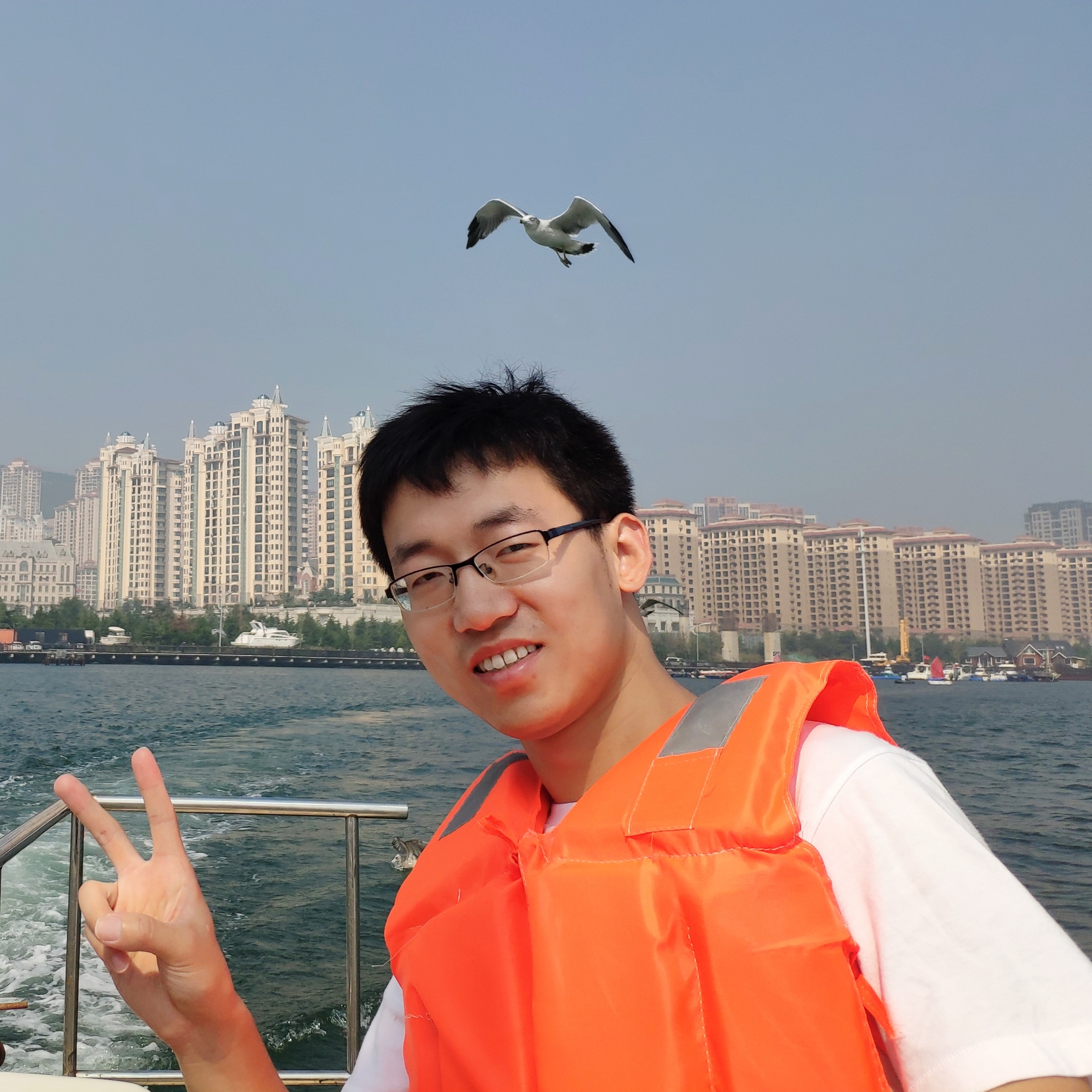飞机结构数字孪生关键建模仿真技术(Key Technologies for Modeling and Simulation of Airframe Digital Twin)
Published in 航空学报(Acta Aeronautica et Astronautica Sinica), 2020
Recommended citation: 董雷霆, 周轩, 赵福斌, 贺双新, 卢志远, 冯建民, 飞机结构数字孪生关键建模仿真技术, 航空学报. 42 (2021) 113–141. https://doi.org/10.7527/S1000-6893.2020.23981. https://hkxb.buaa.edu.cn/CN/10.7527/S1000-6893.2020.23981
The philosophy for ensuring airframe safety has experienced the evolution from static strength, safety life, damage tolerance and durability, individual aircraft tracking, with a trend towards the airframe digital twin in the future. The airframe twin is a multidisciplinary, multi-physical, multi-scale, multi-fidelity, and multi-uncertainty virtual simulation system, which is driven by the digital thread. It uses multi-source data such as online sensor monitoring, offline ground inspection and aircraft operation history to reflect and predict the behavior and performance of the corre-sponding airframe physical entity within the entire life. It is expected to reform the existing paradigm of airframe usage and maintenance. Focusing on fatigue life management, five key modeling and simulation technologies are proposed in this study, which are (a) acquisition of load and damage data, (b) multi-scale mechanical modeling of airframes, (c) high-performance simulation of damage development, (d) efficient digital twin construction based on Reduced Order Modeling(ROM), (e)Remaining Useful Life(RUL) assessment considering multi-source uncertainty and heterogeneous data. This article discusses the state-of-the art of the proposed five key technologies as well as future research directions, providing references for the systematic study and engineering applications of the air-frame digital twin..
Recommended citation:董雷霆, 周轩, 赵福斌, 贺双新, 卢志远, 冯建民, 飞机结构数字孪生关键建模仿真技术, 航空学报. 42 (2021) 113–141. https://doi.org/10.7527/S1000-6893.2020.23981.
